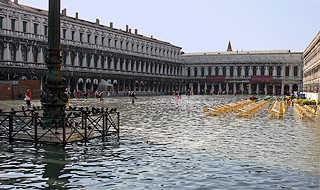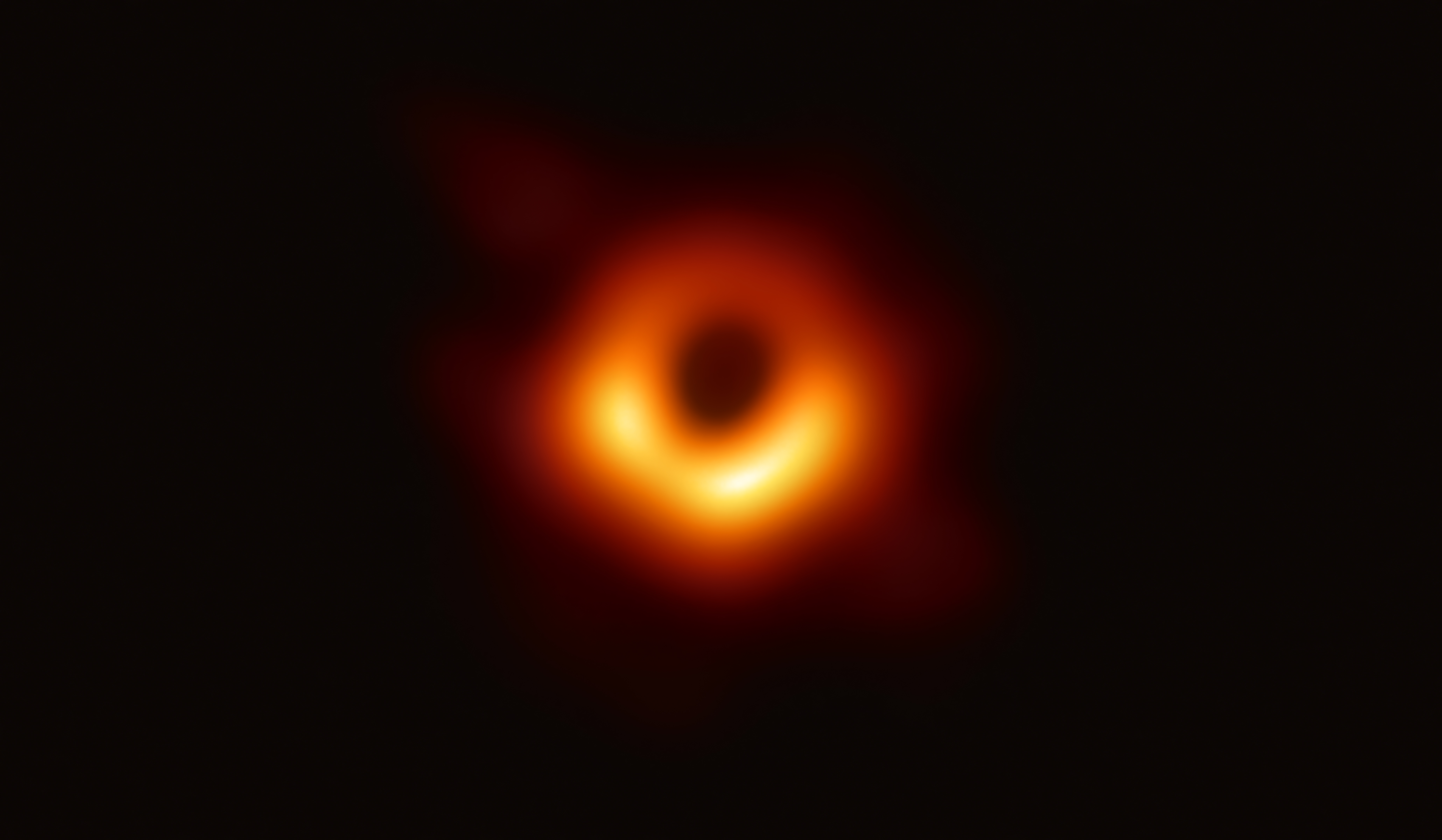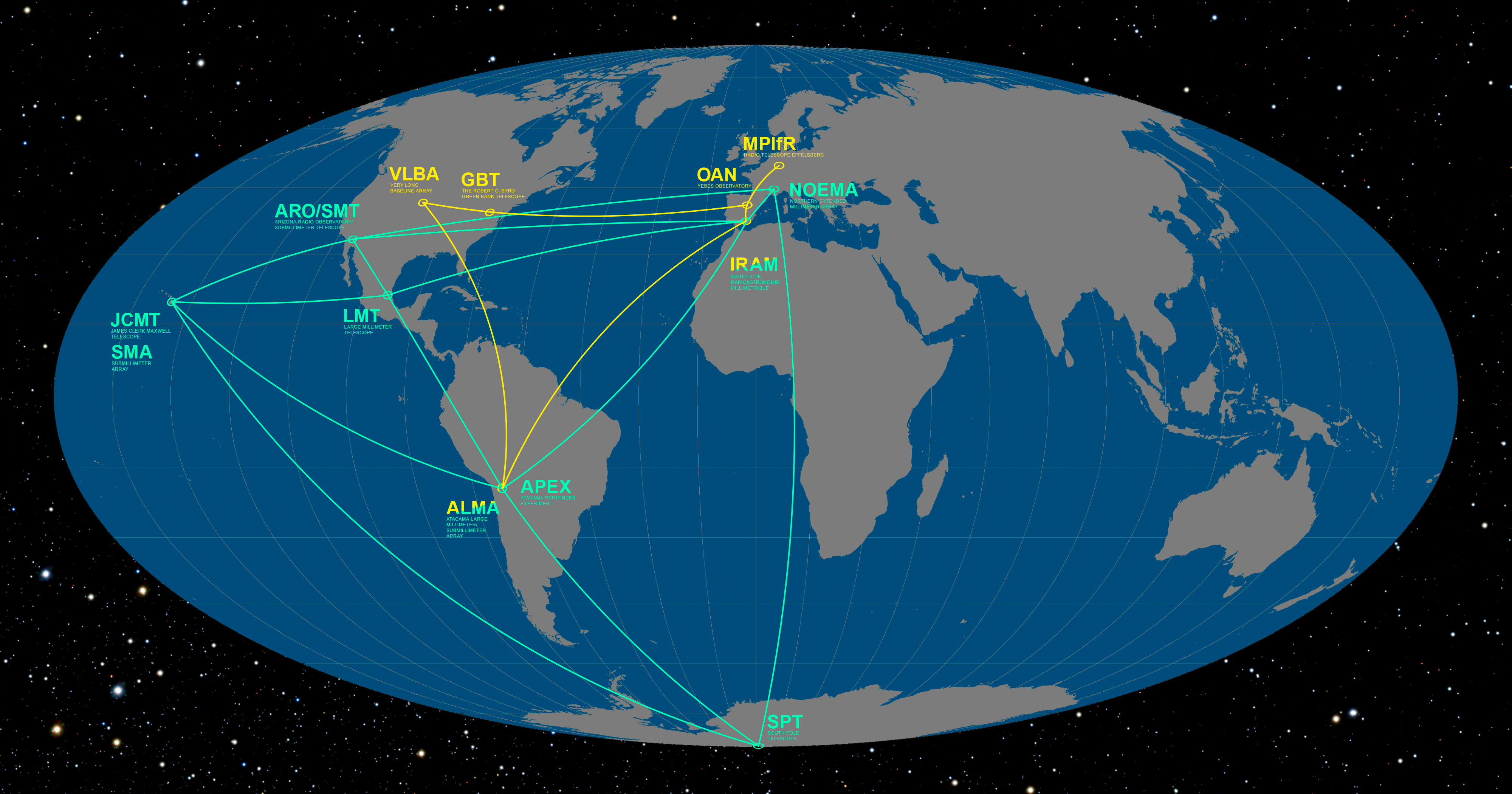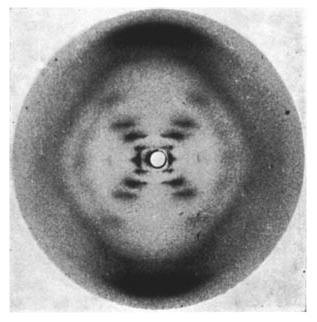
Venice, UNESCO World Heritage Site, has suffered the worst flood in 50 years, attributed in its severity to climate change. Inside the city’s venerable buildings are paintings by Francesco Guardi, J.M.W.Turner, and many other priceless treasures. St. Mark’s Basilica, flooded just six times in nine centuries, shows inundation-damaged marble floors; there is fear the iconic columns may also be weakened. Modern art is also affected: Banksy’s “Shipwrecked Girl” mural on the Rio di Ca’Foscari canal is now underwater.
What can be done to prevent the loss of life, property, and infrastructure that cities like Venice must anticipate in the future? Coastal cities may soon have more accurate information about sea-rise. As Venice flooded in November 2019, Sentinel-6a entered testing in the final stage before expected launch in November 2020. Sea-rise is accelerating: five-year span 2014 – 2019 revealed a 4.8mm/year increase. Copernicus Sentinel’s Jason-2 Poseidon Altimeters will map ocean floor peaks and valleys, reading temperature, salinity, gravity, currents and speed.

A global system like COMSAT, Sentinel coordinates orbiting devices. Sentinel-6 moves between 66 degrees North and South; Sentinel-3 goes to 82 degrees. Sentinel-6 repeats its cycle every 10 days, monitoring big areas like the Gulf Stream or the Kuroshio Current; Sentinel-3 repeats every 27 days, focusing on smaller ocean eddies that move more slowly. Earth Science Division of NASA may link Landsat to Sentinel-2, completing the circle.
Meanwhile, Venice’s regional council may be having second thoughts about their recent veto to fund a proposal to combat climate change. Just minutes later, their Ferro Fini Palace offices flooded, sending the fleeing officials into the flooded streets, with 70% of Venice engulfed. From St. Mark’s Square, Venice’s mayor Brugnaro expressed hopes that the Mose system, a series of barriers consisting of mobile gates located at inlets, will soon protect the city from inundations. Venice is not alone: Boston and other cities may build harbor barrier systems. Worldwide, hundreds of cities face the same fate: what are some of the ways cities can respond, from Amsterdam to Jakarta to Yangon?

Amos, Jonathan. “Sentinel for sea-level rise enters testing.” 15 November 2019. BBC Science & Environment.
Cerini, Marianna. “Venice is flooding — what lies ahead for its cultural and historical sites?” 16 November 2019. CNN. https://www.cnn.com/style/article/venice-flooding-st-mark-damages/index.html.
Giuffrida, Angela. “Venice council flooded moments after rejecting climate crisis plan: proposals rejected as lagoon city faces worst flooding in 53 years.” 15 November 2019. The Guardian. https://www.theguardian.com/world/2019/nov/15/venice-council-flooded-moments-after-rejecting-climate-crisis-plan/.
Kirshen, Paul, et. al. “Feasibility of Harbor-wide Barrier Systems: Preliminary Analysis for Boston Harbor.” 2018. Sustainable Solutions Lab, University of Massachusetts Boston.
Lemperiere, Francois and Luc DeRoo. “Peut-on éviter les inondations a Paris?” Symposium du CFBR, 25 janvier 2018 a Chambery. Thanks to David Edwards-May.
Mazzel, Patricia. “82 Days Underwater: The Tide Is High, but They’re Holding On.” 24 November 2019, The New York Times. https://www.nytimes.com/2019/11/24/us/florida-keys-flooding-king-tide.html?smid=nytcore.ios.share.
MOSE SYSTEM: The mobile barriers for the protection of Venice from high tides.” https://www.mosevenezia.eu/project/?lang-en
Building the World Blog by Kathleen Lusk Brooke and Zoe G. Quinn is licensed under a Creative Commons Attribution-NonCommercial-NoDerivs 3.0 Unpor













